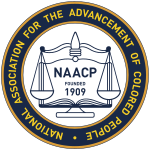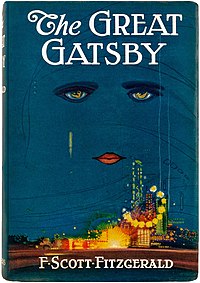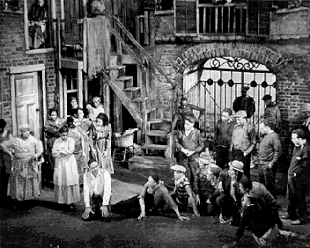-
Use Cases
-
Resources
-
Pricing
Harlem Renaissance Timeline
(1920s - 1930s)Key Facts
- The Harlem Renaissance was a period of great creativity and intellectual growth for African Americans.
- Prominent figures of the Harlem Renaissance included Langston Hughes, Zora Neale Hurston, and Duke Ellington.
- The movement gave rise to new forms of artistic expression, including jazz music, poetry, and literature.
- Harlem became the artistic and cultural center of African American life during the Harlem Renaissance.
- The Harlem Renaissance had a lasting impact on American culture, challenging racial stereotypes and paving the way for future generations of African American artists.
Source
This Harlem Renaissance timeline was generated with the help of AI using information found on the internet.
We strive to make these timelines as accurate as possible, but occasionally inaccurates slip in. If you notice anything amiss, let us know at [email protected] and we'll correct it for future visitors.
Create a timeline like this one for free
Preceden lets you create stunning timelines using AI or manually.









